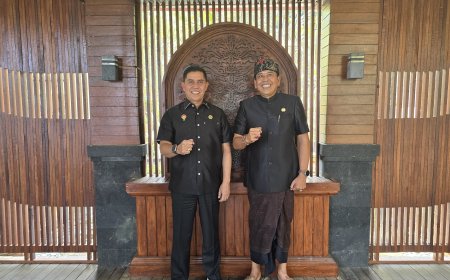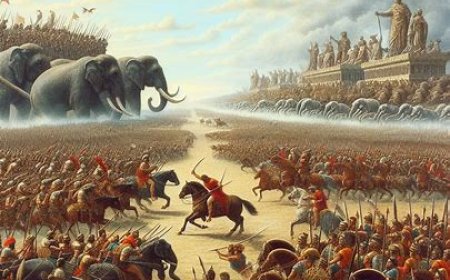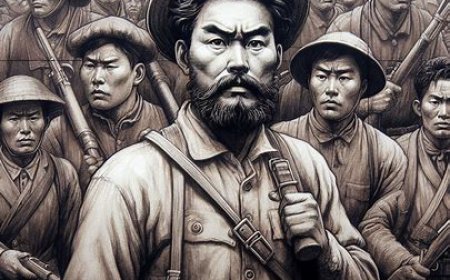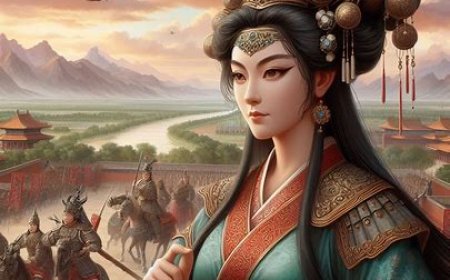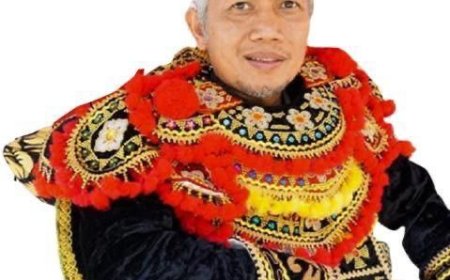Queen Shima: Leadership and Justice in the Kalinga Kingdom
During her reign, Queen Shima showed her firmness through a famous legend. A king named Ta-Shih wanted to test Queen Shima's assertiveness by placing a bag of gold at a crossroads, near the royal square. He wanted to know whether there were any Kalingga people who dared to take things that didn't belong to them. After several months, the bag was still lying there, but misfortune befell Prince Narayana, Queen Shima's son, who accidentally touched the bag with his foot.

Queen Shima, a legendary figure in the history of the Kalinga Kingdom, was known as a leader who ruled firmly and fairly. The Kalinga Kingdom, located on the north coast of Central Java, began its journey of glory in the 6th century. However, their peak of glory was reached when Queen Shima assumed power in 674 AD.
The Kalinga Kingdom has rich historical roots, started by people fleeing India after their kingdom was destroyed. They brought Hinduism and Buddhism to this region, which then influenced the culture and language used by the local people. Priests from China also came to the archipelago, especially the Kalinga region, at that time.
Queen Shima (674-695 AD) was known as a firm female leader. She ruled the Kalinga Kingdom to replace her husband, King Kartikeyasinga, who died in 674 AD. Thanks to Queen Shima's firmness during her leadership, the Kalinga Kingdom was known throughout the world at that time. Kalinga (also called Keling or Holing) is a Hindu kingdom that was once one of the largest governments in Java, centered on the north coast of Java, precisely in the area now called Jepara, Central Java. Queen Shima ruled from 674 to 695 AD.
Queen Shima was born in 611 AD in southern Sumatra and then moved to Jepara after marrying the prince from Kalinga, Kartikeyasinga, who later became king from 648 until his death in 674 AD. The nickname "Shima" is often identified with the term "simo" which means "lion," but this nickname did not make the queen feared, but on the contrary, she was loved by all her people.
During her reign, Queen Shima showed her firmness through a famous legend. A king named Ta-Shih wanted to test Queen Shima's assertiveness by placing a bag of gold at a crossroads, near the royal square. He wanted to know whether there were any Kalingga people who dared to take things that didn't belong to them. After several months, the bag was still lying there, but misfortune befell Prince Narayana, Queen Shima's son, who accidentally touched the bag with his foot.
As a mother, Queen Shima did not discriminate in giving punishment. He sentenced Narayana to death even though he really loved him. All the officials and royal family of the Kalinga Kingdom asked Queen Shima for leniency so that Prince Narayana would be given forgiveness. However, Queen Shima remained firm in her stance to uphold justice. Ultimately, the death sentence was cancelled, but Narayana's legs were cut off as punishment for touching something that did not belong to him.
Under the firm leadership of Queen Shima, the Kalinga Kingdom reached its golden peak. They took over the role as a trading center that was originally controlled by the Tarumanegara Kingdom on the north coast of western Java. The Kalinga Kingdom also collaborated with the Chinese Empire since the 5th century AD. Queen Shima succeeded in developing the agricultural and handicraft sectors to improve the Kalinga Kingdom's economy.
After leading for 21 years, Queen Shima died in 695 AD. The territory of the Kalinga Kingdom was then divided into two for her children. Prince Parwati controlled northern Kalinga, while the southern part was handed over to Prince Narayana. However, after the death of Queen Shima, the collapse of the Kalinga Kingdom began to appear and it was finally destroyed, perhaps as a result of an attack from the Srivijaya Kingdom in 752 AD.
Queen Shima's descendants would later become great kings in Java, including the leaders of the Mataram Dynasty whose royal descendants still exist today in Surakarta and Yogyakarta. Keling, another name for Kalinga and the center of the kingdom, is now known as one of the sub-districts in Jepara Regency.
(source: chatgpt)
What's Your Reaction?











